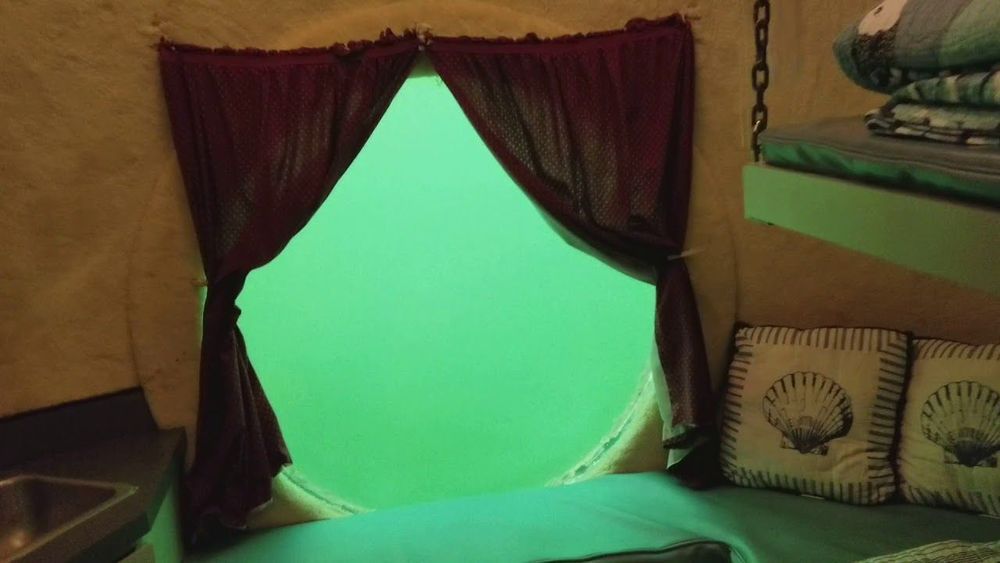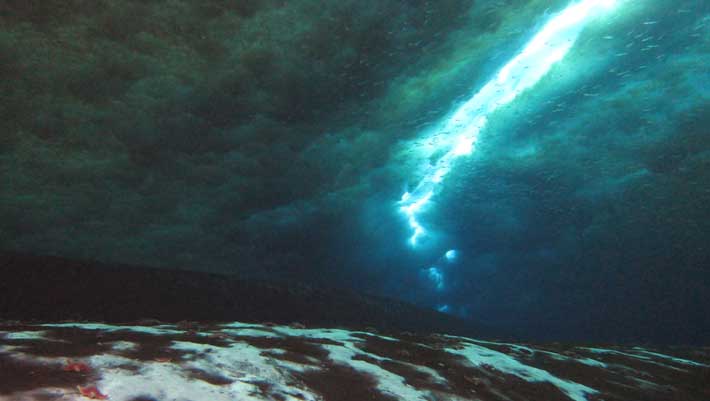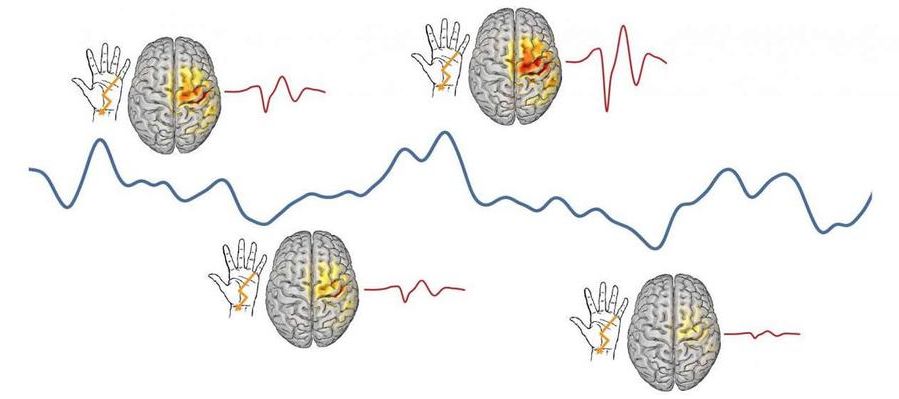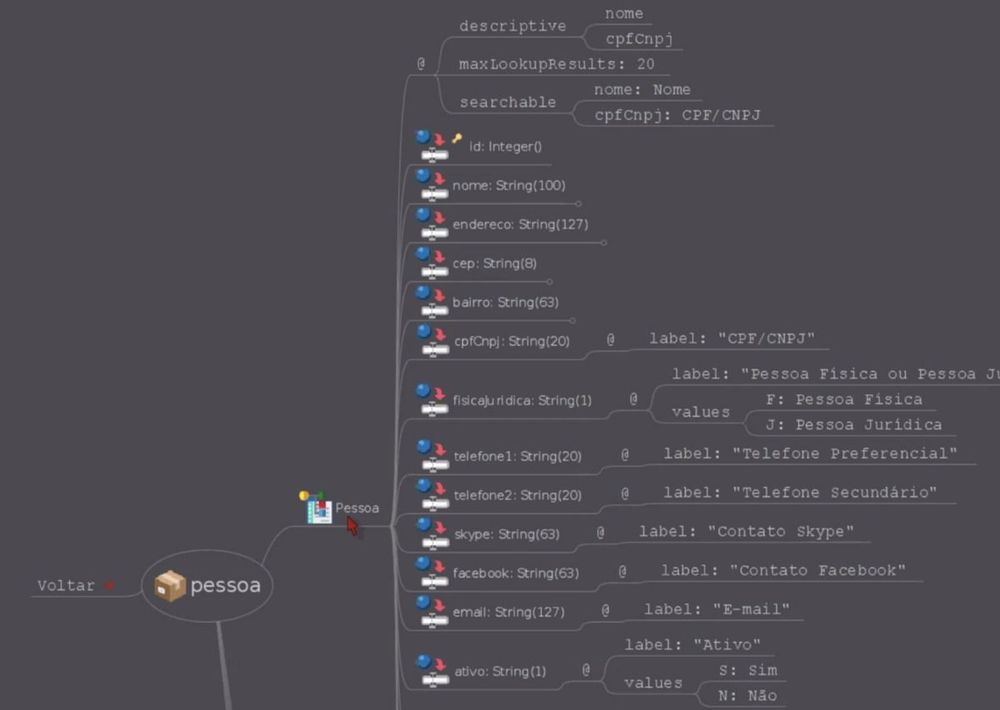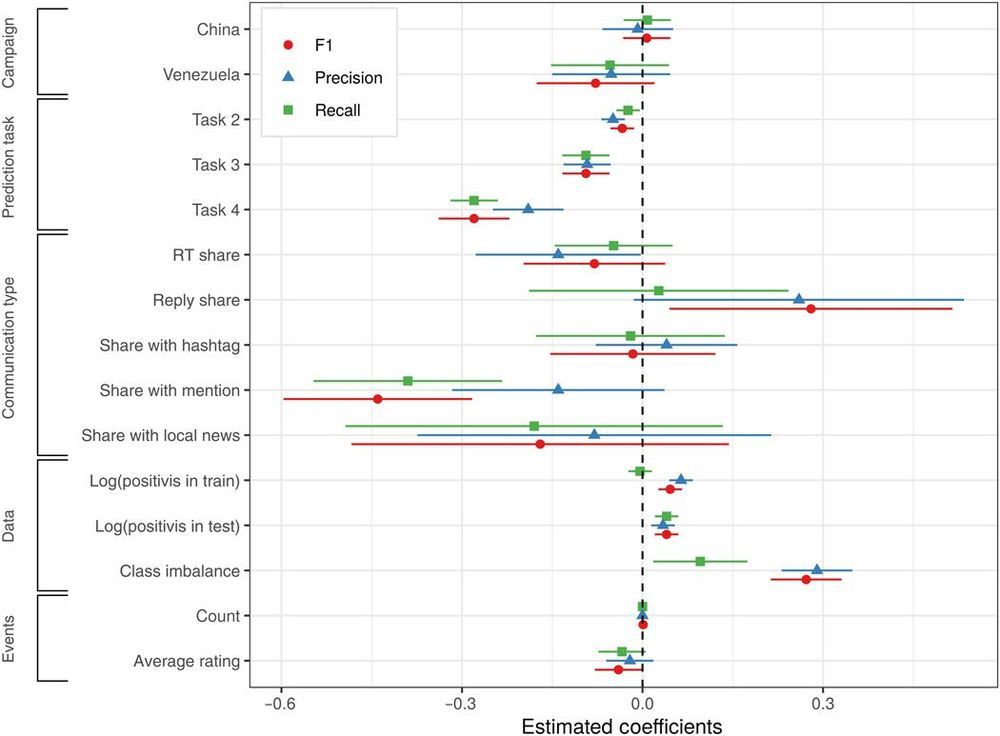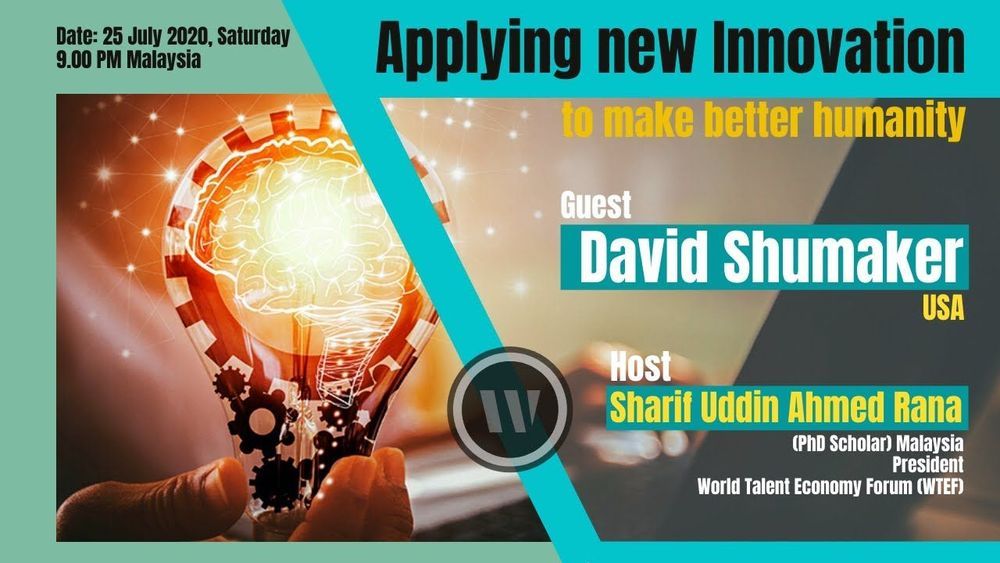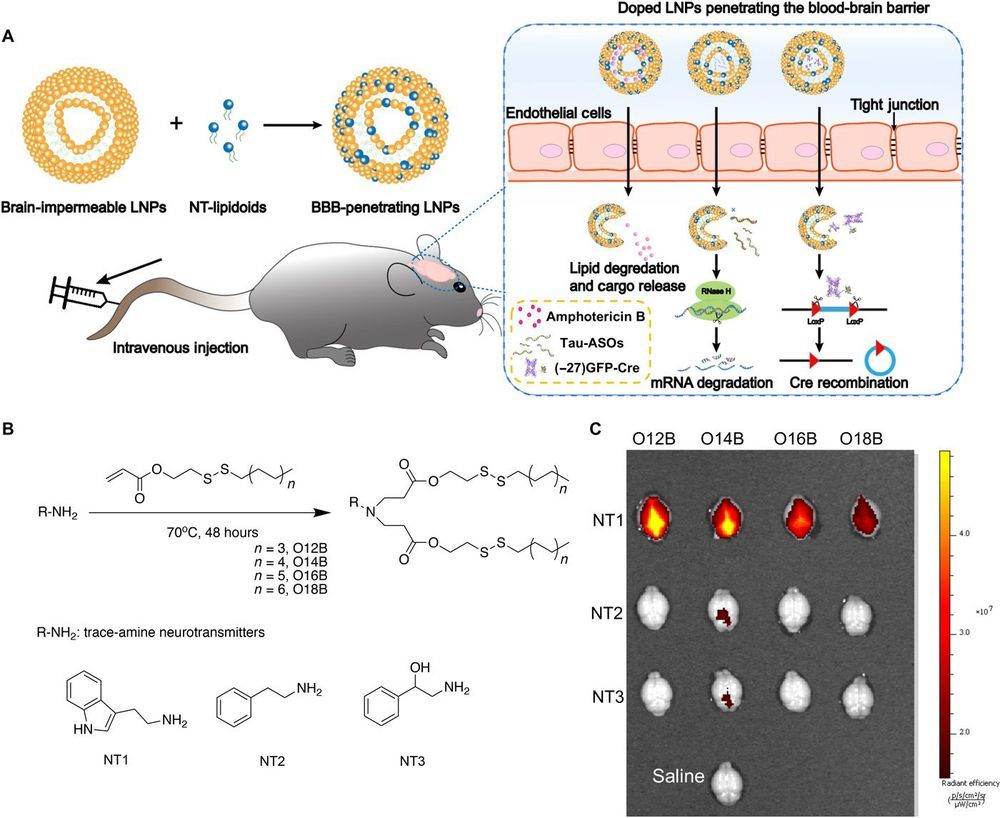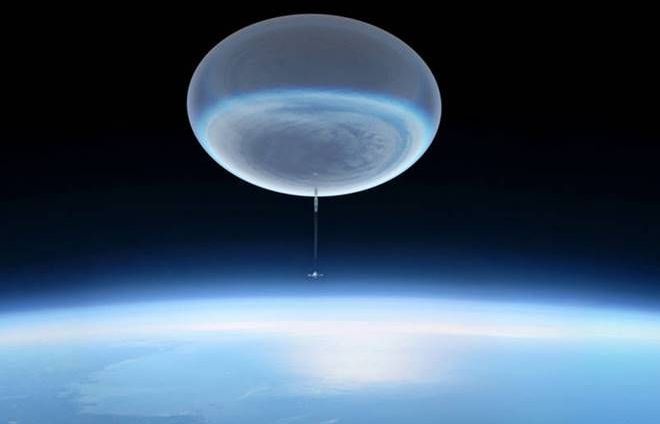Jul 25, 2020
How About a Space Station at the Bottom of the Ocean?
Posted by Genevieve Klien in categories: health, materials
Jacques Cousteau’s grandson is pushing for the construction of a real-life Sealab 2021. The proposed undersea laboratory is so foreign to our idea of marine studies that it’s being likened to a space station that’s also under the ocean.
The station is named Proteus, not for the changing nature of matter (like a new uncuttable material with the same name), but for the shepherd of the sea. By placing a station 60 feet underwater around the Caribbean island of Curacao, sponsoring Northeastern University says it can reduce divers’ high amount of overhead time and reduce the danger of nitrogen-induced health effects.
